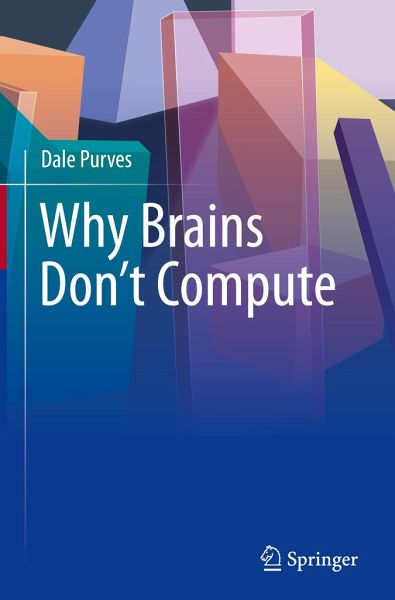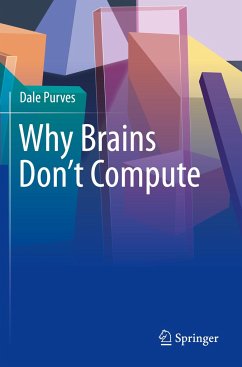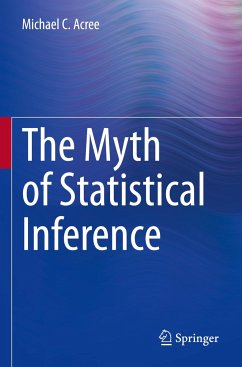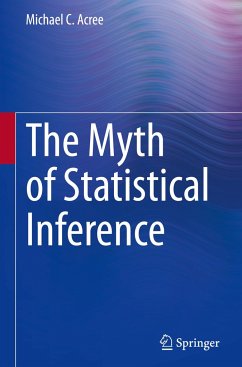
Why Brains Don't Compute
Versandkostenfrei!
Versandfertig in 6-10 Tagen
128,39 €
inkl. MwSt.
Weitere Ausgaben:

PAYBACK Punkte
0 °P sammeln!
This book examines what seems to be the basic challenge in neuroscience today: understanding how experience generated by the human brain is related to the physical world we live in. The 25 short chapters present the argument and evidence that brains address this problem on a wholly trial and error basis.
The goal is to encourage neuroscientists, computer scientists, philosophers, and other interested readers to consider this concept of neural function and its implications, not least of which is the conclusion that brains don't "compute."
The goal is to encourage neuroscientists, computer scientists, philosophers, and other interested readers to consider this concept of neural function and its implications, not least of which is the conclusion that brains don't "compute."












